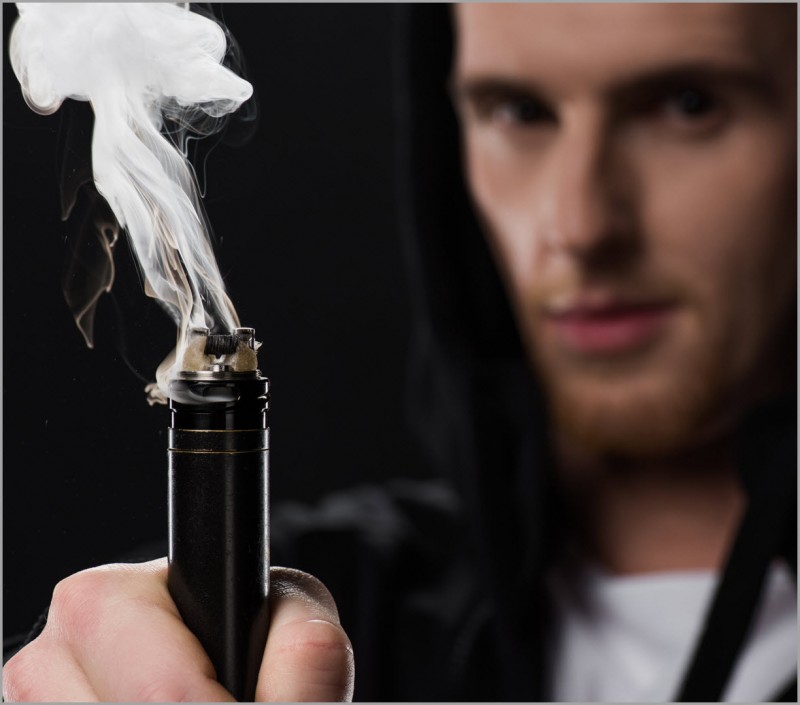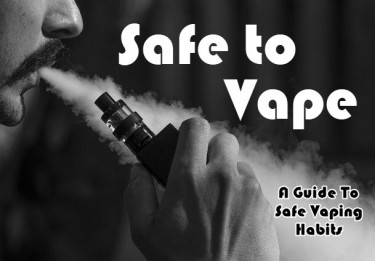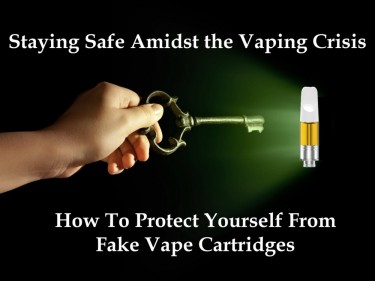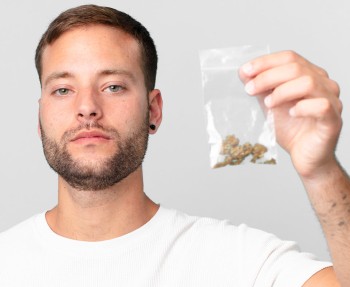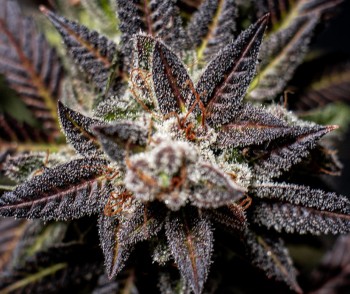Is It Safe to Vape, Again?
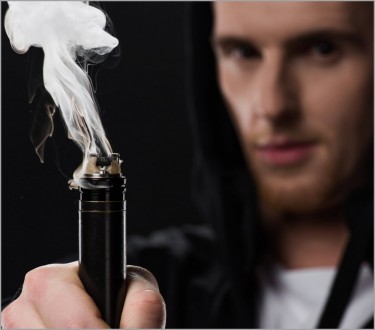
Vaping is popularly considered as the lesser of all evils for all cannabis users around the world. Nothing can be a hundred percent safe though.
Nowadays, the market is littered with various types of vaporizers with different atomizers and cartridges. Expectedly, choosing a vape might be a dilemma for customers, as well as canna-entrepreneurs; especially new investors.
In this article, I will enlighten you on the basic technology involved in the workings of an e-cigarette. At the end of this write-up, you would be able to make informed decisions when selecting the right, harmless and healthy vapes for you. In addition to this, I'll include some of the ways you can care for your vapes.
Safety, the most important thing to look for in your vape
All vapes do not have an equal measure of safety. Some are safer than others. Thanks to the ever-evolving technology, many unique types of vapes have been developed. Most brands choose profit over the health of their customers, which is why you should always check the components of your vaporizers before buying.
Gaskets
Silicone gaskets have the best quality. These sealing gaskets maintain low odor, utmost flexibility, low molding pressures, minimal toxicity, and very low leaching features. They have the ability to offer both low and high temperatures.
The function of the sealing gasket in a vape is to avoid leaking of the vaporized cannabis while securing the other components in their right places.
These silicone gaskets are also of different types. Each has a serviceable temperature that was between the range of -55°C to 200°C.
Cartridge Tube
This component has the most surface area that comes in contact with the extract. It is more or less the most important aspect of the vape; more reason why you should always check how it fares on the healthy range.
When purchasing a vale, you must know the material used to create the cartridge tube.
One of the safest materials that can be used for this tube is glass —Fused Borosilicate Quartz. This glass can withstand temperatures as high as 1,100°C. Moreover, it cannot be leached. This material is also popular because it is used to stir nuclear waste.
Glass is an inert material that is non-hazardous. Actually, the heating material is not totally made of fused borosilicate quarts, it is made of ceramic or aluminum and then finished with the glass material for its non-leaching features.
In addition to the safe heating features, they also preserve the flavors of the extracts, improving the quality of the output that is inhaled.
Once you notice that the cartridge tube is made with polycarbonate materials, do not make a purchase. These plastic materials can leach basic products at very high temperatures. Posing a very high health risk for users.
Coil
Ever wondered where the "vaporization" occurs in a vape? It's here in the coil.
When voltage is passed through the device, the heating device supplies a certain degree of temperature. This heat gets to the already absorbed oil in the wicking material and vaporizes it into an aerosol.
All material used in this coil must be of a consistent material and the purity of these materials must be ascertained.
Cartridge Cotton
This is the unwoven viscose that triggers the rocking effect of the coils.
The cotton soaks up the extract and transports it to the core of the cartridge in record time. When inspecting the cotton, ensure the material used will never reach burning temperatures while it is being used.
Also check that the core of the cartridge is ceramic, as this will allow for the extract to be absorbed faster.
Mouthpiece
This is the component that comes in contact with the mouth. The inner mouthpiece is most likely to be leached if the material used is unsuitable for harsh temperatures.
The brass alloy called H59 is commonly used in most vapes found in the market. There is a misconception that this material is lead-free. H59 contains a small quantity of lead at a little over 2%. Manufacturers sometimes use other brass alloys kike H59-B1 and B2, but this can also be leached—it contains 0.05% of lead.
The healthiest material that can be used to make the inner mouthpiece is medical grade 304 stainless steel. This material has been proven to contain no lead. Also, make sure that the material used in the finishing of materials can also contain lead. Do not purchase vapes that have been finished with gold or black electroplating.
Caring for your vape
Initial Burn-off: This is the process of heating an empty vape to burn off gas, residual oils, and any form of residue from the factory that lingers.
To maintain the healthy state of your vape, I'd suggest you undergo a burn-off cycle anytime you clean your vape. Doing this would ensure there are no residual cleaning solutions within your vapes. Inhaling these solutions can have adverse effects on your health.
During a burn-off cycle, a process called "off-gassing" occurs.
Off-gassing
This is a brief moment in which vapor is released from the unsuitable materials in a vape. This occurrence can produce toxins or harmful chemicals. The more this occurs in a vape, the more reason you should replace the vape. It indicates that very good materials were used in making the vape product.
Disregarding this off-gassing effect may cause more damage to the user. It is commonly said that it is better to smoke than use a vape that is continuously off-gassing.
Keep in mind that;
High-quality vapes with healthy components are not always expensive. Same way expensive vapes are not always of the best grades.
Using a price tag to determine how safe a vape is might be a costly and expensive mistake. Rather than put it to chance, check through the components yourself. With the contents of this article, find and purchase the safest vape you can find.
You can stick to a good brand of vape once you have made satisfying research on the quality of materials used.
A GUIDE TO VAPING, YOU BET, READ MORE...
YOUR GUIDE TO SAFE VAPING, HOW AND WHY YOU NEED TO BE AWARE!

